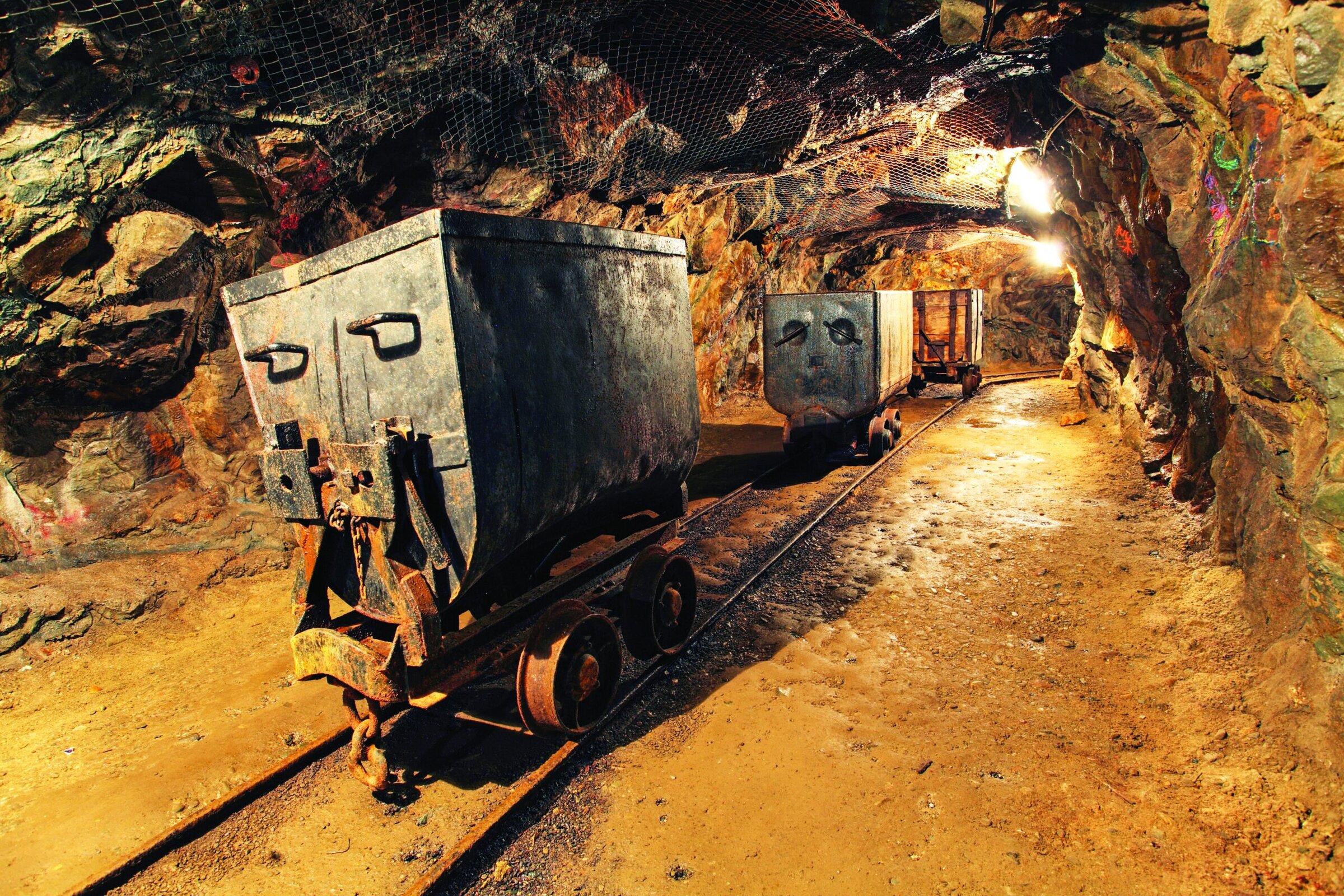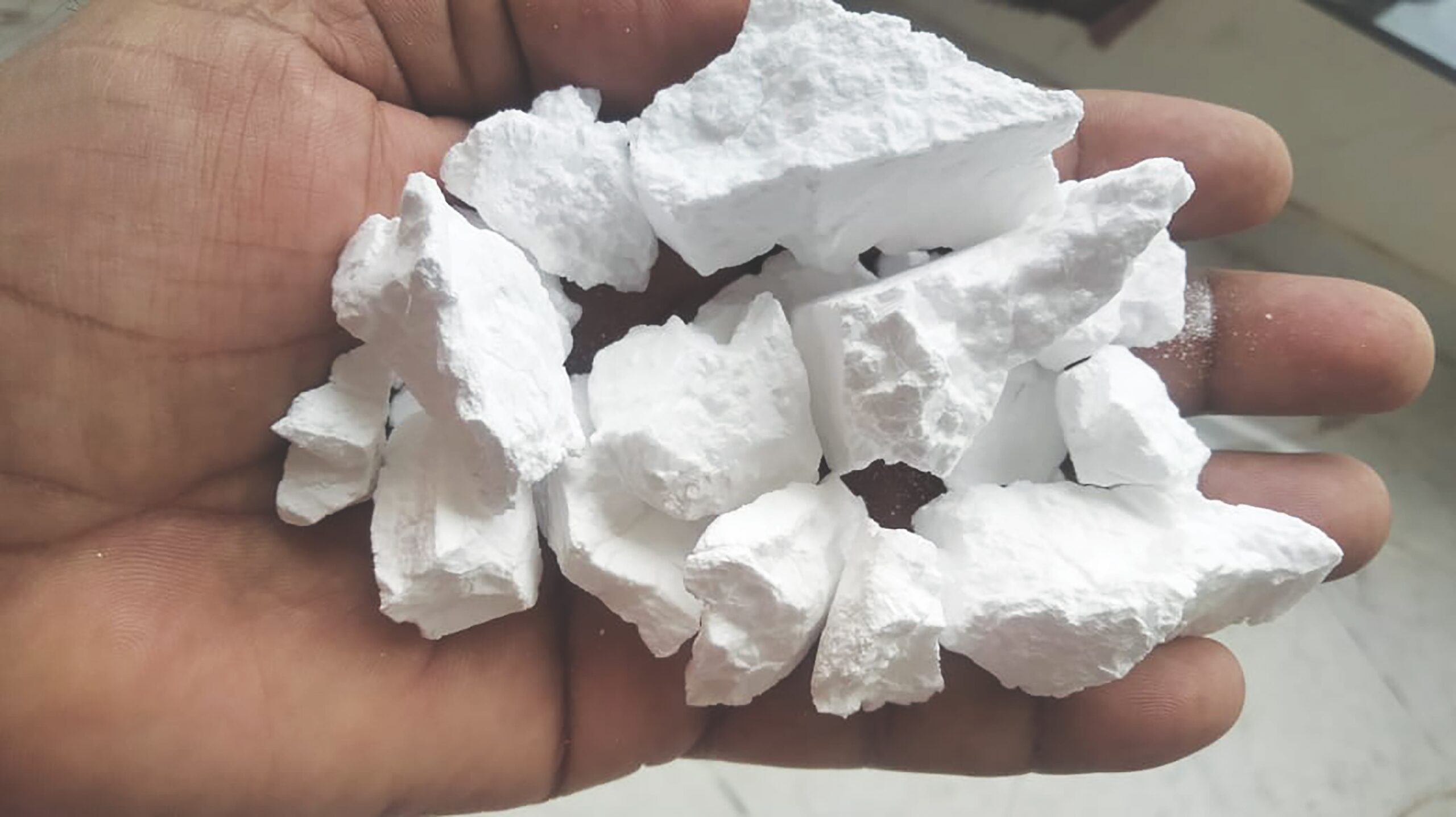As the economy starts shifting back into gear following closures during the global COVID-19 pandemic, the U.S. government continues advancing efforts to strengthen domestic critical mineral supply chains, as described in the annual United States Geological Survey Mineral Commodity Summaries report.1
The Mineral Commodity Summaries spotlights events, trends, and issues from the past year in the nonfuel mineral industry. Every August, the ACerS Bulletin provides a look at some of the key facts covered in the report, including statistics on production, supply, and overall market for more than 90 minerals and raw materials.
In 2021, the estimated total value of nonfuel mineral production in the United States increased by 12% from 2020 to $90.4 billion. The total value of industrial minerals production increased as well, by 6% to $56.6 billion. Of this total, $29.2 billion came from construction aggregates production. Crushed stone accounted for the largest share of total U.S. nonfuel mineral production value in 2021 with 21%.
Last year saw increases in the consumption of nonfuel mineral commodities in commercial construction, steel production, and automotive and transportation industries as the economy restarted following closures during the global COVID-19 pandemic. For the metals sector, the copper, iron ore, steel, and zinc industries were particularly affected by increased demand from manufacturing.
Most industries experienced widespread supply chain disruptions during 2021, particularly in cargo transportation.2 A lack of truck drivers to remove cargo containers caused delays in offloading ships at docks, leading to ports running out of space to store containers. Cargo ships were then forced to remain at sea until space was available to unload them.
The U.S. continues to rely on foreign sources for raw and processed mineral materials. In 2021, imports made up more than one-half of the U.S. apparent consumption for 47 nonfuel mineral commodities, and the U.S. was 100% net import reliant for 17 of those. Of the 35 minerals or mineral material groups identified as “critical minerals,” the U.S. was 100% net import reliant for 14 of them, and an additional 15 critical mineral commodities had a net import reliance greater than 50% of apparent consumption.
In 2021, several U.S. government efforts were taken to strengthen U.S. critical mineral supply chains. For example, continued from 2020, the U.S. Department of Defense awarded technology investment agreements to establish rare earth element separation facilities in Texas3 and California.4 In April 2021, the U.S. Department of Energy awarded $19 million for 13 projects to support production of rare earth elements and critical minerals essential for clean energy projects.5 In September 2021, DOE awarded $30 million in funding for 13 university- and national laboratory-led research projects focused on developing substitutes for, diversifying the supply of, and improving the reuse and recycling of rare earth elements and platinum-group elements that are critical for many clean energy and high-tech applications.6 Also in September, the U.S. Department of Defense’s Office of Industrial Policy launched the “Critical Minerals from Coal Ash” pilot project, which will develop next-generation technologies for recovery of critical minerals and rare earth elements from domestic coal ash.7
On the next two pages, a table summarizes some of the salient statistics and trends for a handful of mineral commodities that are of particular interest in the ceramic and glass industries. It is followed by a two-page infographic by IMFORMED that focuses specifically on refractory raw materials. Readers are encouraged to access the complete USGS report at https://doi.org/10.3133/mcs2022.
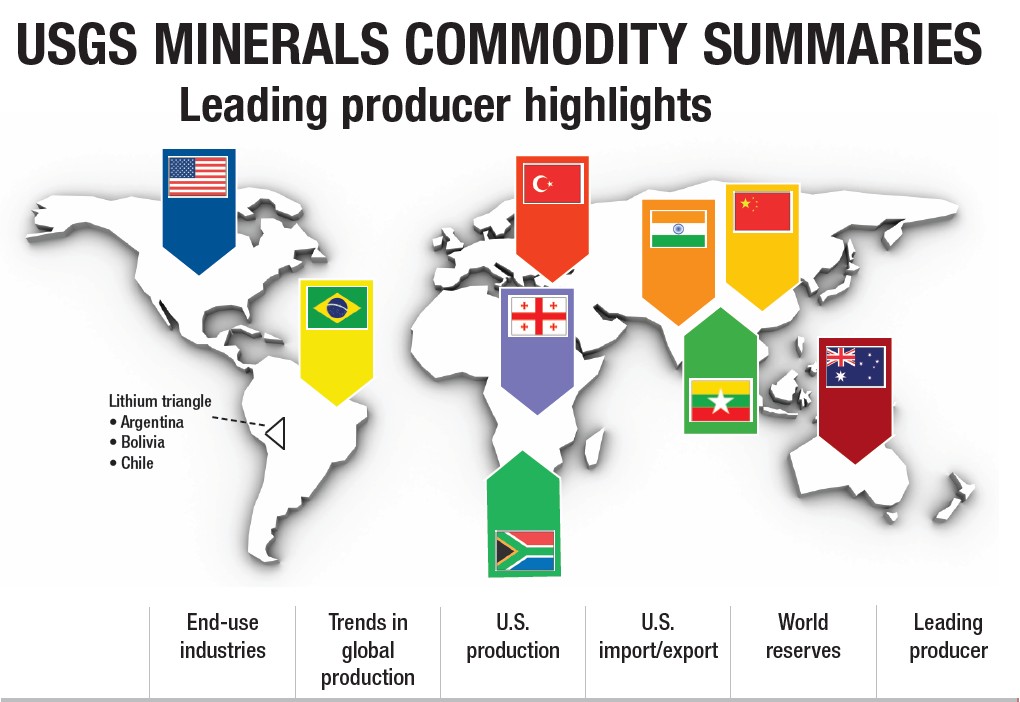
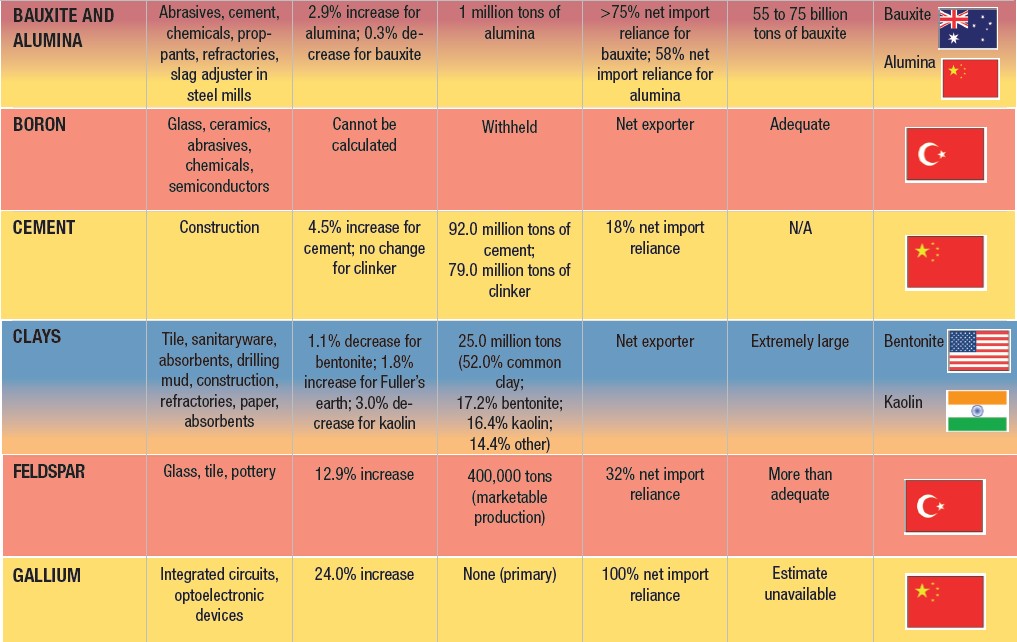
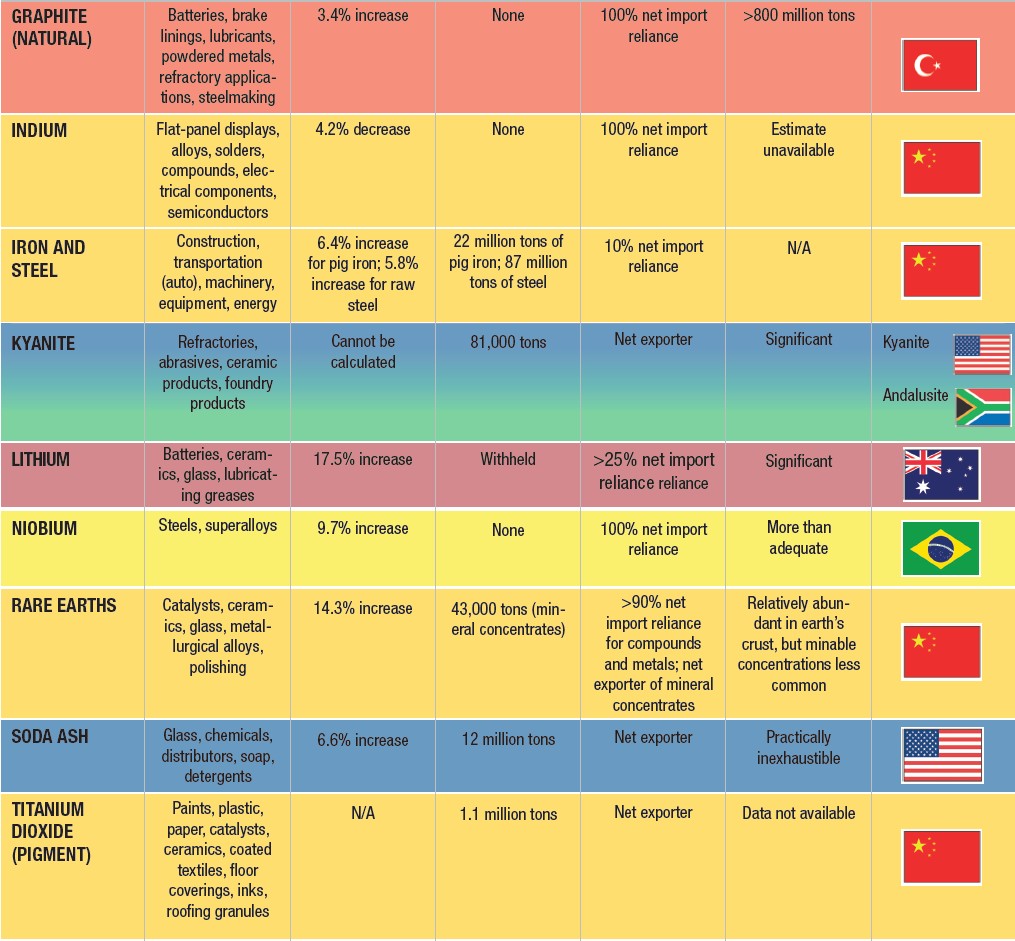

Cite this article
L. McDonald, “Economy begins to rebound as the US expands efforts to strengthen domestic critical mineral supply chains,” Am. Ceram. Soc. Bull. 2022, 101(6): 31–33.
About the Author(s)
Lisa McDonald is editor and science writer at The American Ceramic Society (Westerville, Ohio). Contact McDonald at lmcdonald@ceramics.org.
Issue
Category
- Energy materials and systems
- Refractory ceramics
Article References
1Mineral Commodity Summaries 2022, U.S. Geological Survey, Reston, Va., 2022.
2Burnett J., “Waiting on that holiday gift from your online cart? It might be stuck at a seaport,” NPR, Nov. 5, 2021. https://n.pr/3NHPF7T
3“DOD announces rare earth element award to strengthen domestic industrial base,” U.S. Department of Defense, Feb. 1, 2021.
https://bit.ly/3NVQc6k
4“DoD awards $35 million to MP Materials to build U.S. heavy rare earth separation capacity,” U.S. Department of Defense, Feb. 22, 2022. https://bit.ly/3PqnGef
5“DOE awards $19 million for initiatives to produce rare earth elements and critical minerals,” U.S. Department of Energy, April 29, 2021. https://bit.ly/3RjzQay
6“DOE awards $30M to secure domestic supply chain of critical materials,” U.S. Department of Energy, Sept. 2, 2021. https://bit.ly/3AtcQzN
7“DoD paves the way for critical mineral recovery from coal ash,” Industrial Base Policy, Sept. 20, 2021. https://bit.ly/3OQqFfT
Related Articles
Bulletin Features
Sintered synthetic cristobalite: Innovative kiln-based thermal transformation of quartz
Cristobalite, a high-temperature polymorph of silica, is widely used in ceramics, glass, paints, refractories, and dental materials due to its low density, high whiteness, thermal expansion behavior, and mechanical stability. Traditional cristobalite production methods rely on static sintering of finely ground quartz at high temperatures (~1,750°C) for extended durations (2–3…
Market Insights
Bioactive glass continues to transform medical care decades after first hitting the market
Almost 60 years ago, a chance meeting led to pioneering work that has improved medical care and seeded future innovations. In the late 1960s, a young professor named Larry Hench traveled to a conference in Sagamore, N.Y., where he happened to sit next to a U.S. Army colonel who was…
Market Insights
Sustainable development and design: Inspiration from landscape-shaping creatures
Animals are not just passive inhabitants of their environment. Many are architects of the natural world, actively shaping landforms and water bodies as they move around, feed, build homes, and reproduce. This impact by animals on different biomes has traditionally been overlooked in the environmental sciences. But scientists and engineers…
